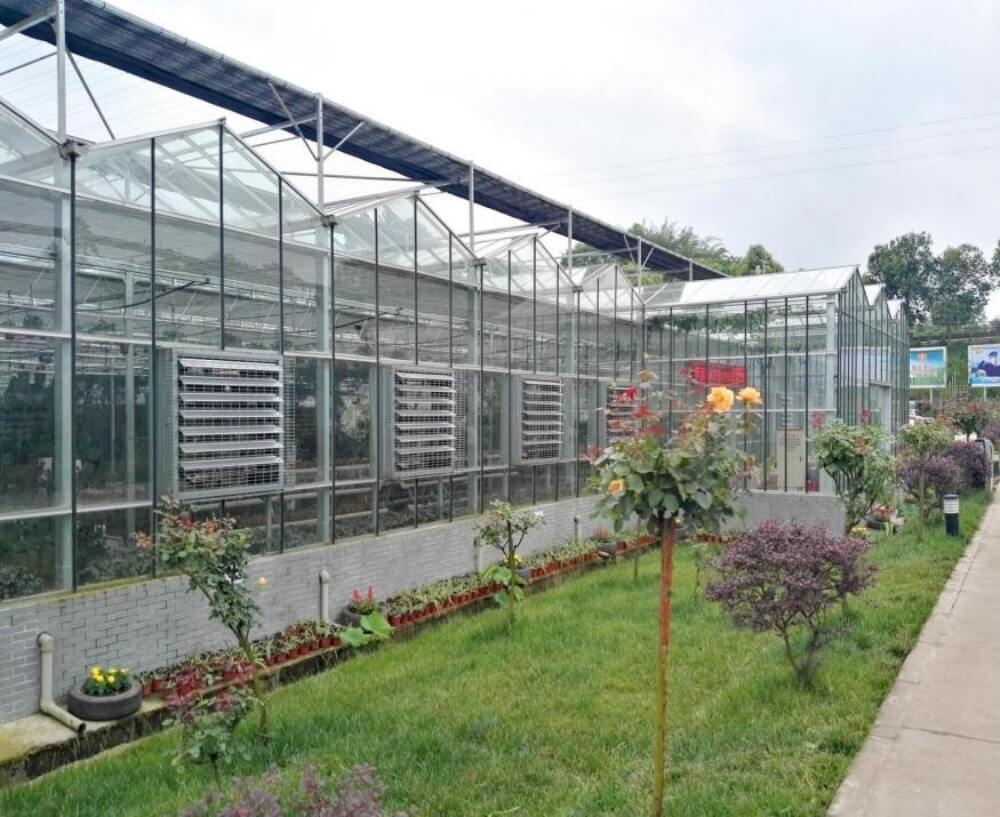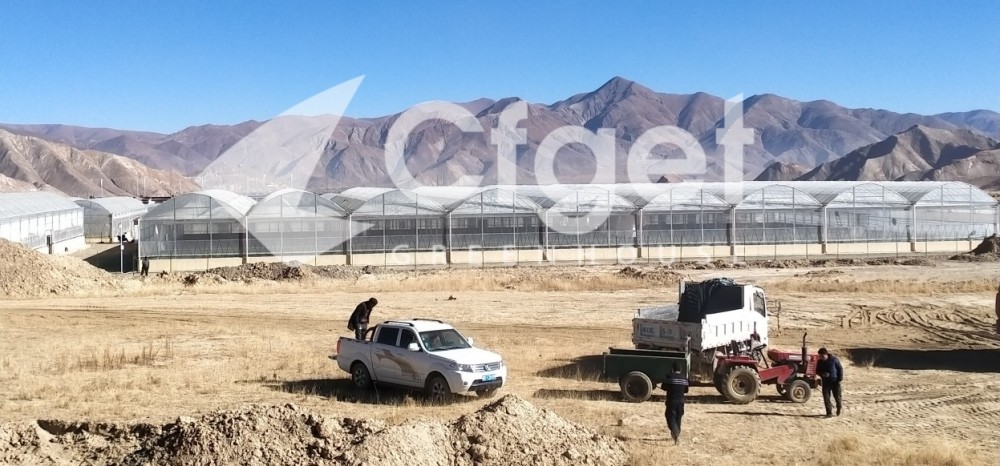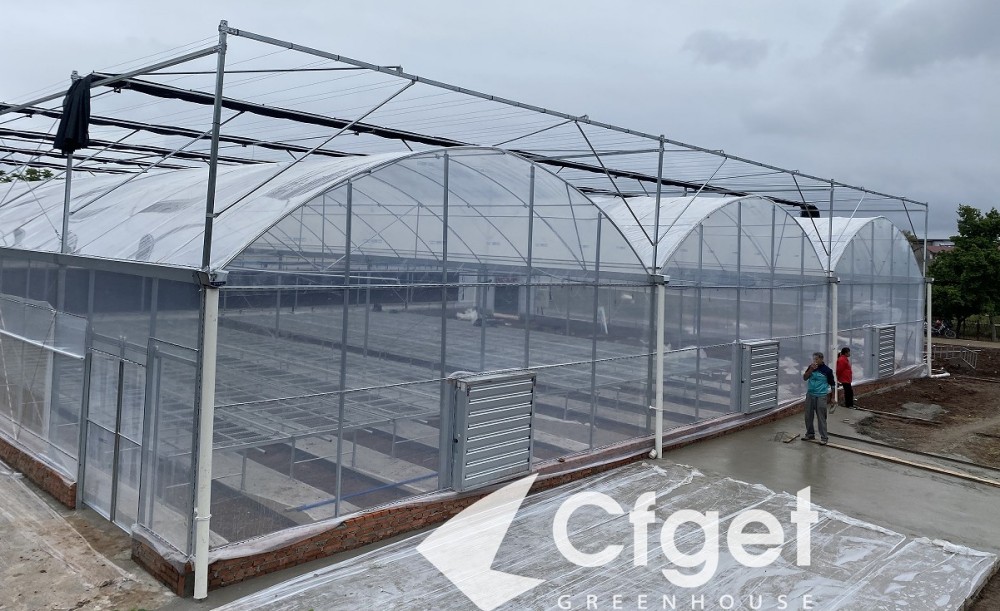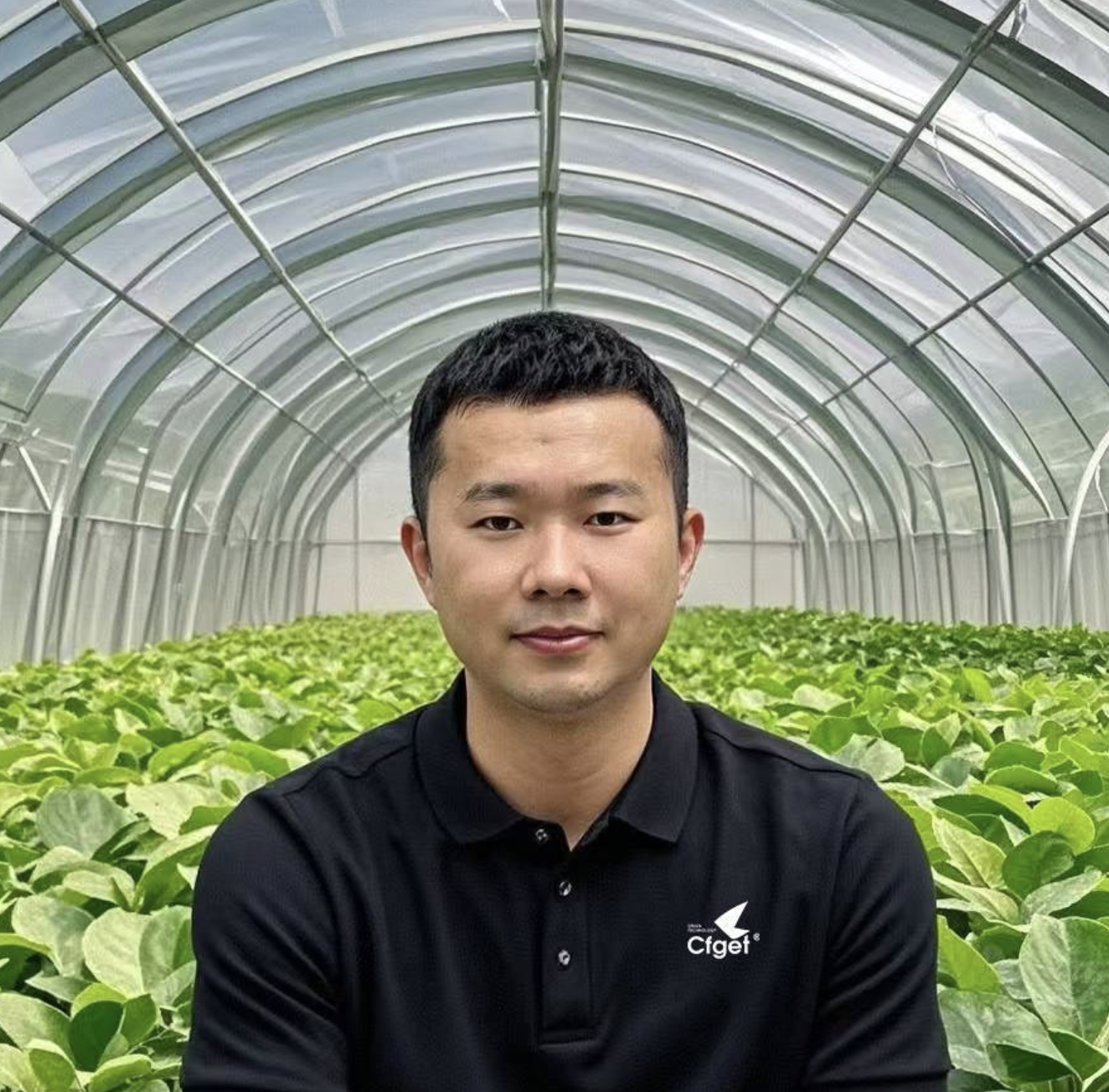Greenhouse farming has quickly become a game-changer in China’s agriculture industry, offering new possibilities for efficient crop production. With the rise of smart technologies, modern greenhouses have become more energy-efficient, and the quality of crops has improved significantly. However, despite these advancements, greenhouse agriculture faces several challenges that are often overlooked. These issues have started to emerge more clearly over time, and they present serious obstacles to the industry's long-term sustainability.

1. High Energy Consumption and Rising Costs
Maintaining a consistent temperature in greenhouses, especially during cold winters, requires significant energy consumption. Many greenhouses in China, especially in northern regions, still rely on traditional heating systems such as natural gas and electricity to keep the environment warm. This need for constant heating drives up both energy consumption and operational costs.
Greenhouses in colder northern climates often need to maintain temperatures above 15°C during the winter to prevent crops from freezing. This results in high energy usage, particularly in older greenhouses that have yet to adopt more energy-efficient systems. While some smart greenhouses like "Chengfei Greenhouses" are introducing energy-saving technologies, they still face the challenge of balancing energy use with crop growth requirements, making it an ongoing struggle to lower costs and reduce carbon emissions.
2. Environmental Impact: The Hidden Cost of Greenhouses
While greenhouses are intended to improve land use efficiency, poorly planned greenhouse construction can lead to negative environmental consequences. In some areas, the sheer number of greenhouses built in one location can lead to changes in the natural landscape, resulting in soil degradation, water scarcity, and other environmental issues.
In places like Xinjiang and Inner Mongolia, overexploitation of water resources due to concentrated greenhouse farming has led to declining groundwater levels and increasing soil salinity. These environmental issues present a significant challenge to the long-term sustainability of greenhouse agriculture in these regions, making it necessary to find solutions that reduce the ecological footprint of greenhouses while maintaining crop yields.
3. Low Levels of Automation and Over-Reliance on Manual Labor
Despite advancements in greenhouse technologies, many greenhouses in China still rely heavily on manual labor for managing temperature, humidity, and irrigation. While some greenhouses have incorporated automation, many smaller ones remain dependent on farmers to manually adjust ventilation, heating, and irrigation systems. This can lead to inefficiencies and inconsistent environmental conditions, which affect crop growth and productivity.
For example, greenhouses in places like Hebei and Shandong often rely on farmers to adjust systems by hand, resulting in fluctuating temperatures and humidity levels that can stress crops. In contrast, greenhouses like Chengfei’s, which use fully automated systems, are able to control the environment more precisely and reduce the need for constant human intervention. This leads to better energy management and more consistent crop production, highlighting the benefits of smart technologies in greenhouse farming.
4. Water Waste: A Serious Issue in Dry Regions
Water is crucial for agriculture, but some greenhouse regions, particularly in dry or semi-arid areas, consume excessive amounts of water. This puts a strain on already limited water resources. In regions such as Xinjiang and Inner Mongolia, many greenhouses use traditional irrigation methods like spraying or flooding, leading to significant water waste. These methods, while common, are inefficient compared to modern irrigation techniques like drip irrigation, which reduces water usage and prevents wastage.
Improving irrigation efficiency and reducing water consumption is a critical issue for greenhouse farming in water-scarce regions. Modern technologies can help increase water-use efficiency and conserve precious resources, but these innovations are not yet universally implemented in all greenhouses, especially those in rural or less-developed areas.
5. Material Issues: Short Lifespan of Greenhouses
The materials used to build greenhouses, particularly the plastic films used to cover them, play a significant role in determining their longevity. Many smaller greenhouses still rely on low-quality films and materials, which degrade quickly under the intense UV rays of the sun. As these materials break down, the greenhouse's ability to maintain stable internal conditions is compromised, resulting in higher maintenance costs and more frequent replacements.
The need to replace low-quality materials often leads to increased operational costs and a shorter overall lifespan for the greenhouse. This not only affects the economic viability of greenhouse farming but also contributes to environmental waste when materials are discarded frequently.
As greenhouse farming continues to grow in China, technological innovation and improved management practices will be essential in overcoming these challenges. By adopting smarter management systems, energy-saving technologies, and efficient irrigation techniques, greenhouse agriculture can become more sustainable and cost-effective in the future.
Welcome to have a further discussion with us.
Email:info@cfgreenhouse.com
Phone:(0086)13980608118
- #GreenhouseAgriculture
- #SmartGreenhouses
- #WaterConservation
- #EnergyEfficiencyInFarming
Post time: Feb-13-2025








 Click to Chat
Click to Chat